Lockheed Corporation was a famous United States aircraft manufacturer. It was named for its founding brothers, Allan and Malcolm Lockheed. From World War II (1939-1945) until the 1980’s, the company produced many of the U.S. military’s most important warplanes. Lockheed also produced a number of important civilian aircraft.
In 1912, Allan and Malcolm Loughead founded the short-lived Alco Hydro-Aeroplane Company in California. In 1916, they founded another company called the Loughead Aircraft Manufacturing Company. This company closed in 1921. Allan founded a third company, the Lockheed Aircraft Company, in 1926. To avoid confusion, he changed the spelling of the name to reflect its pronunciation.
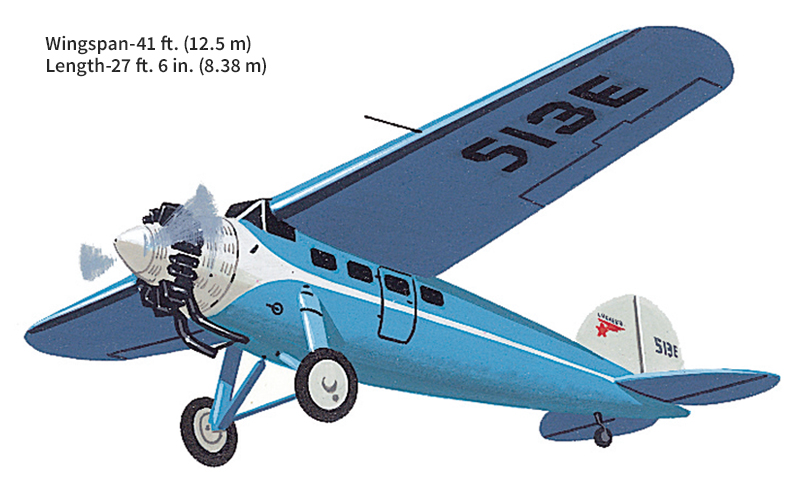
In 1927, the company introduced the Vega, a single-engine transport (passenger aircraft) that carried up to six people. The fast and durable Vega became popular with such famous American aviators as Amelia Earhart and Wiley Post. 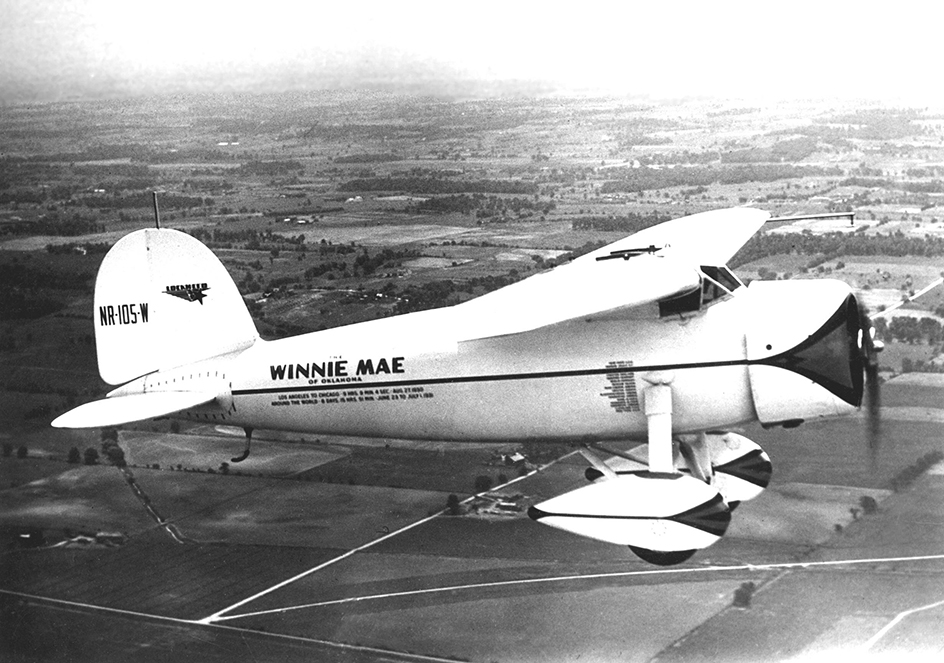
In 1929, Lockheed’s board of directors sold the company despite Allan Lougheed’s objections. As a division of the Detroit Aircraft Corporation, Lockheed introduced several new planes. Lockheed’s parent company failed in 1931, during the worldwide economic slump known as the Great Depression. In 1932, investors bought Lockheed’s assets and started a new Lockheed Aircraft Corporation.
The American aviator Charles Lindbergh flew a Lockheed Sirius seaplane on several long-distance flights in the early 1930’s. Beginning in 1934, several airlines began flying the Lockheed Electra, a twin-engine transport. In 1937, Amelia Earhart piloted a modified Electra in her unsuccessful attempt to fly around the world.
Lockheed began building military aircraft shortly before World War II. The United Kingdom’s Royal Air Force used two twin-engine Lockheed aircraft, the Hudson and Ventura. The U.S. Army Air Forces relied heavily on Lockheed’s famous twin-engine fighter, the P-38 Lightning. At that time, P was the Army’s designation for a pursuit (fighter) plane. Late in the war, Lockheed’s secret “Skunk Works” facility (named for the foul odors of a nearby factory) developed America’s first jet-powered fighter, the P-80 Shooting Star. The P-80 arrived too late for World War II. Redesignated the F-80 in 1948 (with F for fighter), the plane flew combat missions in the Korean War (1950-1953). 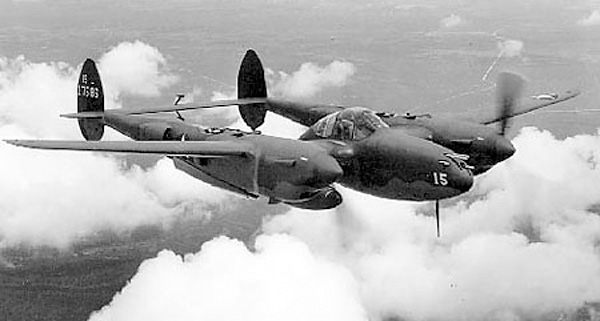
The Skunk Works facility, also known as Advanced Development Projects, produced other important military aircraft in the 1950’s. Such craft included the supersonic (faster than the speed of sound) F-104 Starfighter and the famous U-2 spy plane. U stands for utility. The U-2 was thought to fly above the effective range of radar and antiaircraft missiles. However, in 1960, a U-2 was detected and shot down over the Soviet Union, an event that became known as “the U-2 incident.”
Lockheed improved on the U-2, developing a higher and much faster-flying plane, the SR-71 Blackbird. SR designates a strategic reconnaissance (information gathering) aircraft. The SR-71 reached speeds well over 2,000 miles (3,200 kilometers) per hour and altitudes over 85,000 feet (25,900 meters). Blackbirds flew in the U.S. Air Force from 1966 until 1998. 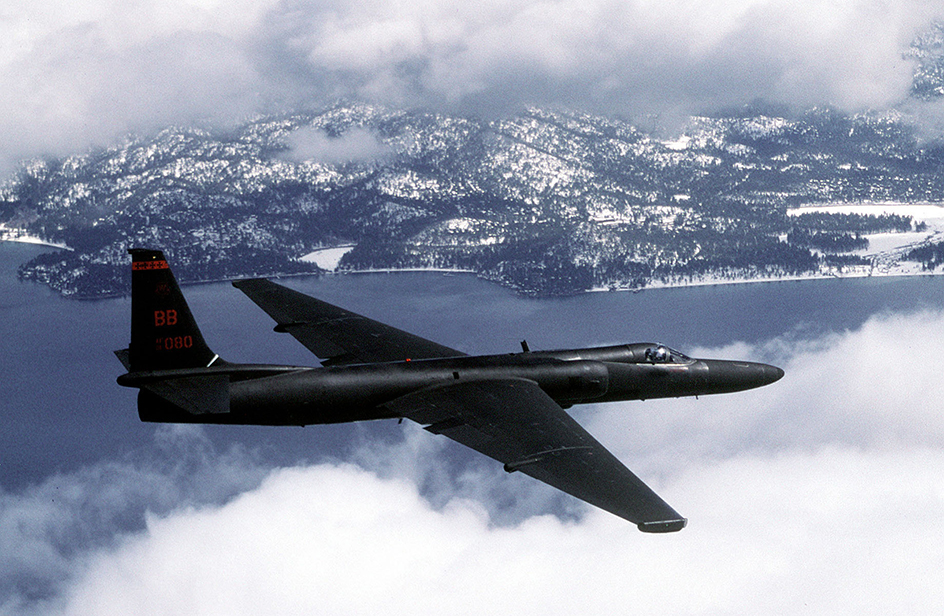
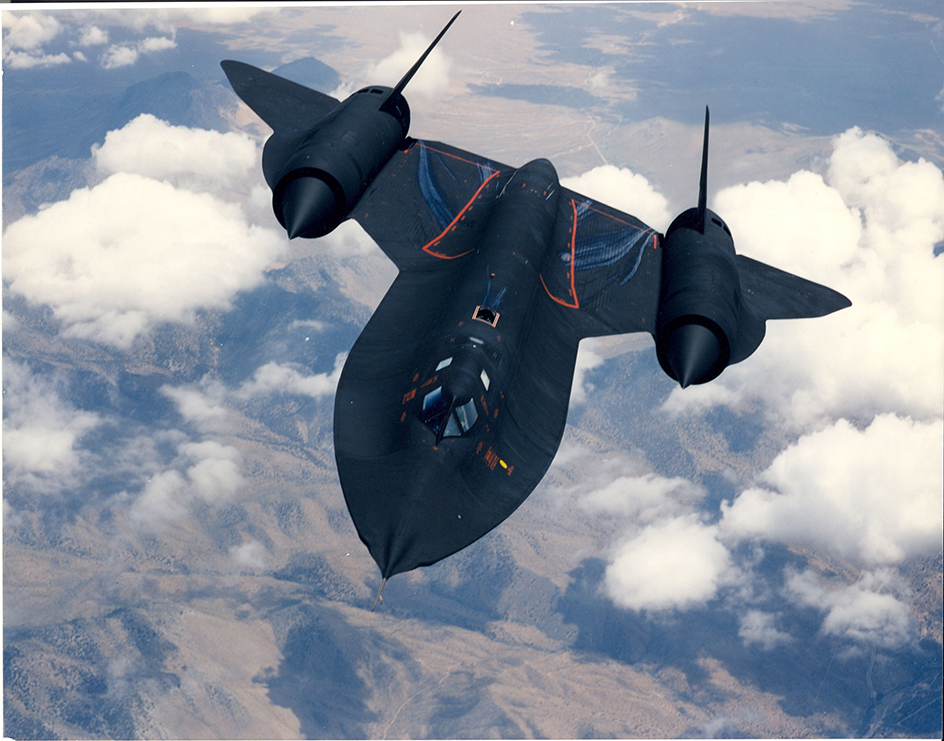
In 1956, Lockheed’s C-130 Hercules, a versatile jumbo transport, entered military service. C stands for cargo. Starting in the late 1950’s, Lockheed also built satellites and long-range missiles, as well as an early flight data recorder. In case of a crash or other accident, a flight data recorder—often called a _black box—_can help investigators determine how the incident happened.
In 1971, financial difficulties forced Lockheed to obtain large U.S. government guaranteed loans. In 1975 and 1976, a series of bribery scandals involving Lockheed and foreign governments damaged the company’s reputation. Lockheed recovered, however, to produce the F-117 Nighthawk stealth fighter in 1982. Stealth technology makes an airplane nearly invisible to radar.
In 1995, Lockheed merged with Martin Marietta to form the Lockheed Martin Corporation. Lockheed Martin continues to produce aircraft and other products, including the F-35 Lightning II fighter. Development of the F-35 was plagued with long delays and large cost overruns, but the first fighters entered military service in 2016.
